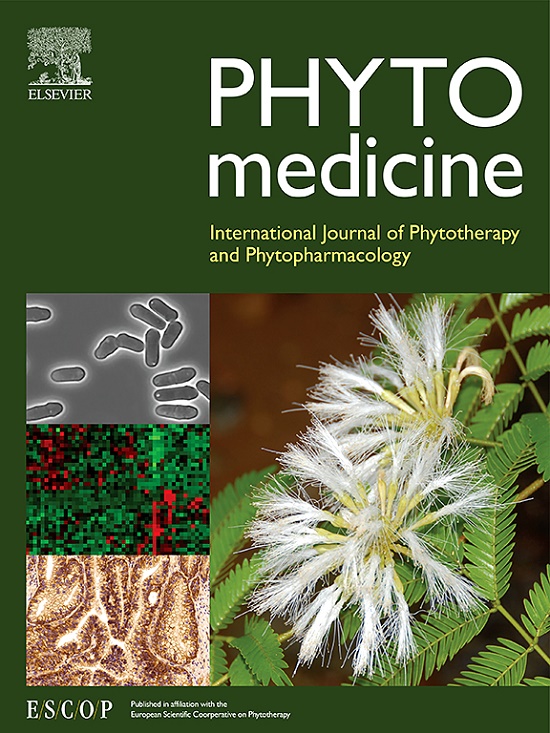Therapeutic efficacy of Xuebijing injection in treating severe acute pancreatitis and its mechanisms of action: A comprehensive survey
IF 6.7
1区 医学
Q1 CHEMISTRY, MEDICINAL
引用次数: 0
Abstract
Background
Severe acute pancreatitis (SAP) is a life-threatening condition associated with high mortality and limited therapeutic options. Current management strategies focus on infection prevention, immune regulation, and anticoagulation. Xuebijing Injection (XBJ), a widely used traditional Chinese medicine-derived intravenous preparation, has shown promising therapeutic effects in SAP. Herein, we sought to evaluate clinical and preclinical evidence on XBJ to reveal its potential mechanisms of action, and provide insights to guide future research and clinical applications.
Methods
We conducted a comprehensive survey of studies on XBJ in the treatment of SAP across PubMed, Embase, Cochrane Library, CBM, CNKI, Wanfang and VIP databases from their inception to March 21st, 2024.
Results
A total of 239 studies were included, comprising 12 animal experiments, 7 systematic reviews, 220 clinical trials. Mechanistic studies suggest that XBJ downregulates the expression of inflammatory mediators, improves immune function, and alleviates oxidative stress via multiple signaling pathways, including the TLR4/NF-κB, p38-MAPK, HMGB1/TLR, TLR4/NF-κB, FPR1/NLRP3, and JAK/STAT pathways. These effects contribute to reducing organ damage. Compared to standard treatment, XBJ has more effective at reducing mortality and complications, improving overall clinical outcomes, shortening ventilator use time, and hospital stay in SAP patients.
Conclusions
Preclinical evidence and clinical trial data indicated that XBJ can simultaneously regulate inflammatory responses, immune function, microcirculatory disorders, oxidative stress, and apoptosis. However, further research is required to elucidate the specific mechanisms of action, clinical characteristics and safety of XBJ.

求助全文
约1分钟内获得全文
求助全文
来源期刊

Phytomedicine
医学-药学
CiteScore
10.30
自引率
5.10%
发文量
670
审稿时长
91 days
期刊介绍:
Phytomedicine is a therapy-oriented journal that publishes innovative studies on the efficacy, safety, quality, and mechanisms of action of specified plant extracts, phytopharmaceuticals, and their isolated constituents. This includes clinical, pharmacological, pharmacokinetic, and toxicological studies of herbal medicinal products, preparations, and purified compounds with defined and consistent quality, ensuring reproducible pharmacological activity. Founded in 1994, Phytomedicine aims to focus and stimulate research in this field and establish internationally accepted scientific standards for pharmacological studies, proof of clinical efficacy, and safety of phytomedicines.
 求助内容:
求助内容: 应助结果提醒方式:
应助结果提醒方式:


